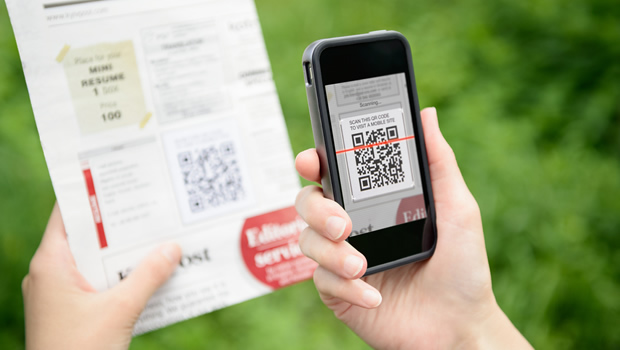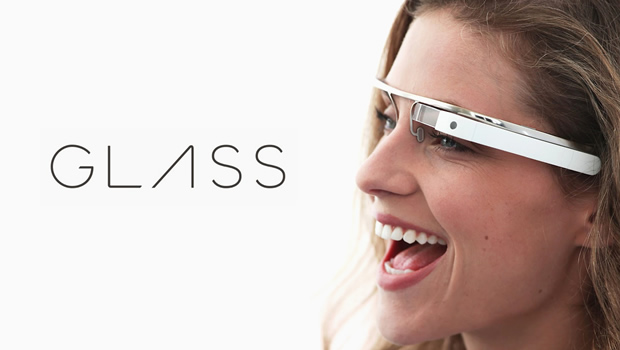Clients who already use paper-based materials for distribution or in an instructor-led environment often ask us how we can enhance the learning experience for participants. One of the ways we recommend is to use elements of Augmented Reality.
Ever browsed through an Ikea catalog? Then you’d know there is an aesthetic value in the glossy paper, fabulous product photography and innovative use of color and layouts. It’d be a shame to throw that out the window and replace with a digital version. Hit this link to check out videos of what Ikea did rather than completely replace the 211 million print copies of their catalog, they chose to add digital elements to using QR-like codes. It’s quite impressive, because of the way they used AR technology to enhance rather than replace print: One to let users get an ‘x-ray view’ to look inside furniture. Second, to let users interact with 3D models of (this sort of thing has great applications in engineering and technology courseware) and third, links to videos of products in action.
One of our clients actually took it a step futher – they are now printing QR codes on all their product labels that are directly tied to ‘just-in-time’ use resources – videos that show the product being used, Dos and Don’ts, and the ability to subscribe to advanced courseware linked to the product. Rather than pushing or forcing training on individuals, provide information at the point of need, where learners value it because it helps them do the task at hand. (more about this later).
It is the right time to explore AR to supplement learning, perhaps make it an essential part of a blended learning program. The ability to bridge the physical and virtual worlds can make a huge difference in how we view performance support. Over the course of the last few years, we’ve experimented quite often with augmented reality (AR) technology, either in the form of AR apps for mobile phones, or leveraging AR browsers, etc. We published several posts around this then, talking about the tools you can use and how Layar content can be developed, and more. Some of these articles are dated, but that doesn’t detract from their value.
Leverage augmented reality, there are many worthwhile applications. Because we are on the subject of AR – check out some indie film-makers view on the future of AR – ‘Sight’ That AR technology will be common place in a few years is accepted, will learning be one of its key application?



















